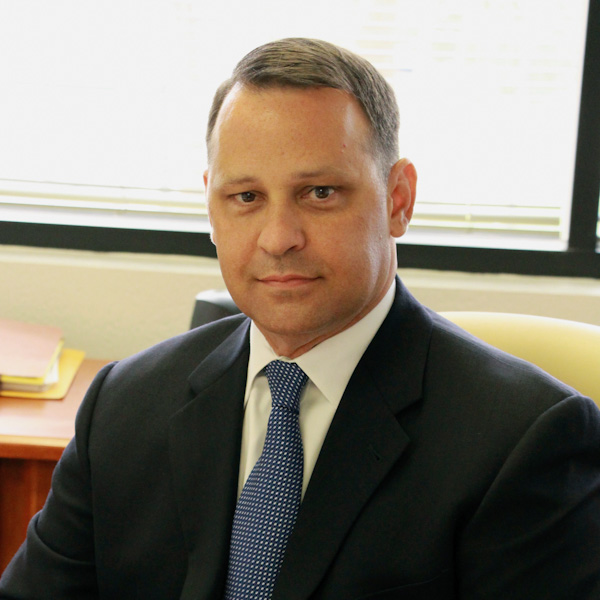Innovations by the Arizona Supreme Court to Enhance Access to Justice
The Arizona Supreme Court is taking significant strides to enhance access to justice for underserved communities, particularly in low-income areas. In a landscape where many courts struggle to provide legal assistance, Arizona is setting a precedent with innovative solutions aimed at reducing barriers and increasing legal options.
Addressing the Justice Gap
During a recent discussion at the ABA Midyear Meeting held in Phoenix, Vice Chief Justice John Lopez shared insights into the court’s recent initiatives that address the stark reality highlighted by the Legal Services Corporation’s 2022 Justice Gap Study. This study revealed that 92% of low-income Americans do not receive adequate legal help for substantive civil legal problems.
Innovative Programs for Legal Access
In response, the Arizona Supreme Court has introduced several programs designed to lower the cost of legal services while expanding options for citizens:
- Legal Paraprofessional Program: Launched in early 2021, this program allows licensed nonlawyers to provide limited legal services, including advice, document preparation, and representation in court. As of now, Arizona has 65 licensed legal paraprofessionals, improving access especially in criminal, family, civil, and juvenile law.
- Lawyer Apprentice Program: This initiative seeks to counteract the issue of “legal deserts” in Arizona, counties with few legal practitioners. It provides a pathway to licensure for law graduates who score below the traditional threshold on the bar exam and mandates that they work under the supervision of a qualified attorney in underserved areas.
- Alternative Business Structures (ABS): This more controversial approach permits nonlawyers to enter partnerships with lawyers in providing legal services, aiming to foster innovation and affordability in legal practice. While similar structures exist in countries like the UK and Australia, they generate debate within the U.S.
Reinforcing Public Trust in the Judiciary
As part of a broader strategy outlined in a Five-Year Plan by Chief Justice Ann A. Scott Timmer, the Arizona Supreme Court is also aiming to bolster public confidence in the judiciary. Lopez emphasized that distrust often stems from inaccurate media portrayals of judicial decisions. To remedy this, the court has initiated a practice of issuing concise summaries of judicial opinions. These summaries aim to clarify the legal issues, reasoning, and outcomes of cases, promoting accuracy in media reporting and public understanding.
Challenges in Retention Elections
The landscape of retention elections has shifted in Arizona, particularly since 2020 when political parties began targeting judges for non-retention. Following a tumultuous election cycle in 2022 where three judges were not retained—an event unprecedented in the history of Arizona’s merit selection system—the merit selection process has faced increasing scrutiny. Lopez reflected on this vulnerability and expressed concern over the politicization of judicial positions.
Conclusion
As the Arizona Supreme Court embarks on these innovative programs, it stands at the forefront of efforts to bridge the justice gap while navigating the complexities of public trust and political challenges within the judicial system. Chief Justice Timmer’s commitment to enhancing legal access and reinforcing public confidence continues to shape Arizona’s judicial landscape.

